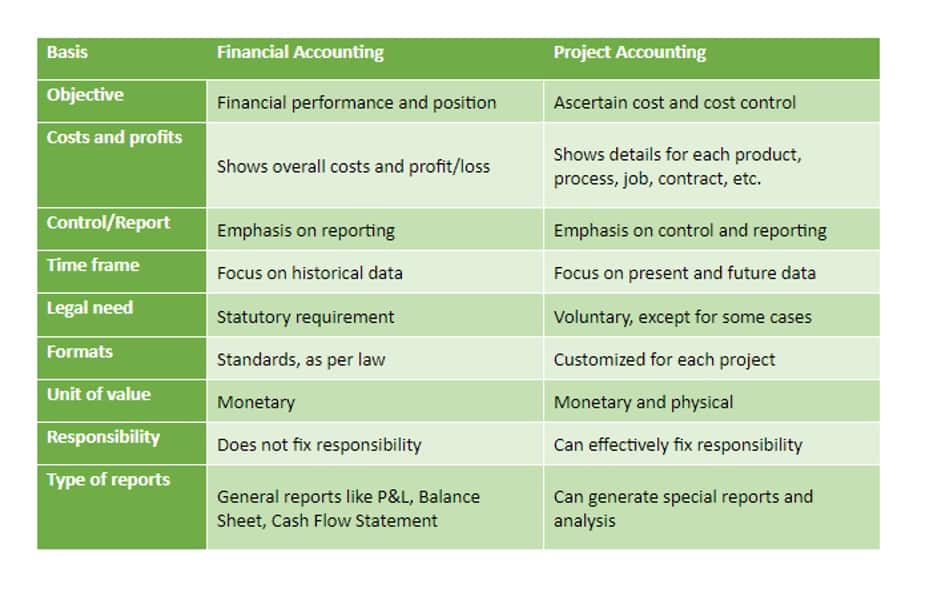
Deducting capital expenditures from cash flow from operations gives us Free Cash Flow, which is often used to value a business in a discounted cash flow (DCF) model. Operating cash flow is calculated by starting with net income, which comes from the bottom of the income statement. Since the income statement uses accrual-based accounting, it includes expenses that may not have actually been paid for yet. Thus, net income has to be adjusted by adding back all non-cash expenses like depreciation, stock-based compensation, and others. The offset to the $500 of revenue would appear in the accounts receivable line item on the balance sheet.
Download CFI’s Free Operating Cash Flow Ratio Template

Companies can also use free cash flow to expand business operations or pursue other investments or acquisitions. Cash from Operations (CFO) excludes long-term capital investments and income or expenses from investments, concentrating solely on the company’s primary business operations. Often termed as CF to CAPEX ratio, the capital expenditure ratio measures a firm’s ability to buy its long-term assets using the cash flow generated from the core activities of the business. Below is a break down of subject weightings in the FMVA® financial analyst program.
Net Income to FCFF Formula Example
Calculating free cash flow to the firm (FCFF), also known as unlevered free cash flow (UFCF), is key for evaluating a company’s ability to generate cash from its core operations. It’s essential for valuation methods like the discounted cash flow (DCF) model, which forecasts these cash flows to determine a business’s value. Earnings before interest, taxes, depreciation and amortization or just EBITDA is a kind of operating income which excludes all non-operating and non-cash expenses. It is also a useful metric for understanding a business’s ability to generate cash flow for its owners and for judging a company’s operating performance. The difference between EBITDA and OCF would then reflect how the entity finances its net working capital in the short term. OCF is not a measure of free cash flow and the effect of investment activities would need to be considered to arrive at the free cash flow of the entity.
How to Derive the Free Cash Flow Formula

This formula starts with net income, reflecting the company’s earnings after all expenses. It adds back D&A to adjust for non-cash charges and includes the after-tax effect of interest expense to focus on operational cash flows before financing costs. CapEx and changes in NWC are then https://www.bookstime.com/articles/payroll-fraud subtracted to account for fixed asset investments and working capital adjustments. There are multiple methods investors can use to calculate free cash flow to the firm (FCFF).
How does operating cash flow margin differ from operating margin?

CFO provides a clearer picture of a company’s financial health by focusing on cash inflows and outflows from daily operations, free from the impact of accounting adjustments like depreciation and amortization. While net income is a widely used metric, it includes non-cash items and may not accurately reflect a company’s liquidity. For example, a company might report a high net income due to deferred expenses or revenue recognition practices, but still face liquidity issues if its CFO is negative. The cash flow from operations ratio formula is an important metric that is commonly used to assess the liquidity and financial condition of the business.
- In effect, this leads to the creation of line items such as accounts receivable which is counted as revenue recognized on the income statement, but whose cash payment has not actually been received yet.
- Effective CFO analysis is crucial for modern finance professionals and requires not only the right software and tools but also a deep understanding of key ratios and financial analysis best practices.
- A positive operating cash flow suggests that a company is operating well in its core business and generating cash.
- The cash flow statement can be used to compute financial ratios which measure a company’s profitability, performance, and financial strength.
- To calculate payment to suppliers, we first need to calculate inventories purchased which equal closing inventories balance plus cost of sales (net of any depreciation and amortization) minus opening inventories balance.
- It is one of the most important aspects of a cash flow statement in the balance sheet of a business.
While operating cash flow tells us how much cash a business generates from its operations, it does not take into account any capital investments that are required to sustain or grow the business. Investors should be aware of these considerations when comparing the cash flow of different companies. Companies also have the liberty to set their own capitalization thresholds, which allow them to set the dollar amount at which a purchase qualifies as a capital expenditure.
The Ultimate Cash Flow Guide (EBITDA, CF, FCF, FCFE, FCFF)

FCFE is a crucial metric in one of the methods in the Discounted Cash Flow (DCF) valuation model. Using the FCFE, an analyst can determine the Net Present Value (NPV) of a company’s equity, which can be subsequently used to calculate the theoretical share price of the company. Notably, acquisitions are QuickBooks included in this FCFF calculation because they represent cash outflows impacting FCFF directly, important for assessing the firm’s operational capacity and/or strategic positioning. Conversely, investments like purchases, maturities, and sales are excluded from CapEx, as they relate more to financing decisions, thus focusing the analysis on operational cash flows.
Working Capital
FCF gets its name from the fact that it’s the amount of cash flow “free” (available) for discretionary spending by management/shareholders. For example, even though a company has operating cash flow of $50 million, it still has to invest $10million every year in maintaining its capital assets. For this reason, unless managers/investors want the business to shrink, there is only $40 million of FCF available. Free Cash Flow can be easily derived from the statement of cash flows by taking operating cash flow and deducting capital expenditures.
Capital développement : découvrez ce secteur du corporate finance

With that said, an increase in NWC is an outflow of cash (i.e. ”use”), whereas a decrease in NWC is an inflow of cash (i.e. “source”). Once the company pays the suppliers/vendors for the products or services already received, A/P declines and the cash impact is negative as the payment is an outflow. Once the customer fulfills their end of the agreement cfo formula (i.e. cash payment), A/R declines and the cash impact is positive. Access and download collection of free Templates to help power your productivity and performance.
Leave a Reply